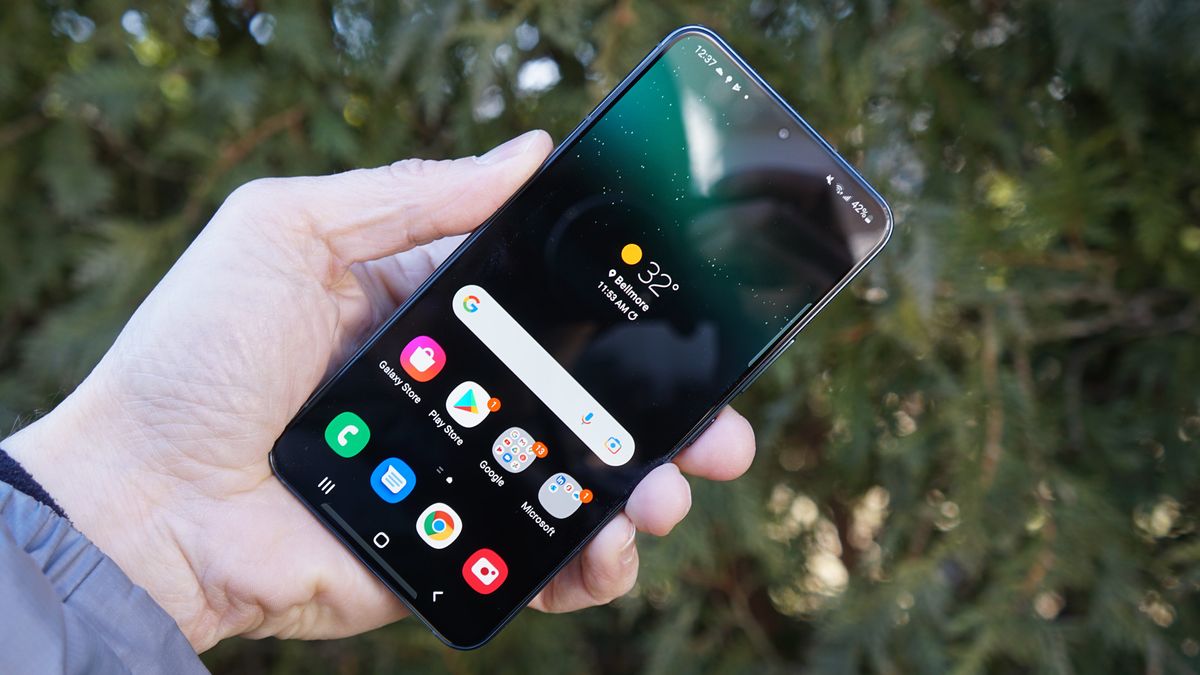The Samsung Galaxy S23, the latest addition to the Galaxy S series, is set to make waves in the smartphone market with its small but important screen upgrade. While the overall design and dimensions of the S23 will remain similar to its predecessor, the Samsung Galaxy S22, the new device is expected to feature some notable improvements in its display technology.
The Same Size, Resolution, and Display Type
According to a reputable leaker @TheGalox_, the Samsung Galaxy S23, S23 Plus, and Galaxy S23 Ultra will have screens that are the same size, resolution, and display type as their predecessors. This means that the S23 will reportedly have a 6.1-inch FHD+ Dynamic AMOLED screen, while the S23 Plus will feature a 6.6-inch FHD+ Dynamic AMOLED display, and the Samsung Galaxy S23 Ultra will boast a 6.8-inch QHD+ Dynamic AMOLED screen.
A Lower Minimum Refresh Rate for Better Battery Life
Where we might see changes, however, is in the screen refresh rates – specifically, the minimum refresh rates. All three models are expected to top out at 120Hz, similar to their predecessors. However, the Galaxy S23 Ultra is rumored to be capable of reaching as low as 1Hz, the same as the current model. The real surprise comes with the Galaxy S23 and Galaxy S23 Plus, which might have minimum refresh rates of 24Hz, half of the 48Hz figure that the S22 and Samsung Galaxy S22 Plus can achieve. There’s even a possibility that they could go as low as 10Hz.
The Impact of a Lower Minimum Refresh Rate
Having a lower minimum refresh rate can have significant benefits, especially when it comes to battery life. When a phone is performing tasks that don’t require a high refresh rate, such as reading or browsing static content, it can utilize the lower refresh rate, resulting in reduced power consumption. This translates to longer battery life and fewer charges throughout the day. The combination of a lower minimum refresh rate and potentially larger batteries in the Galaxy S23 and S23 Plus could result in substantial improvements in battery performance.
Conflicting Reports and Uncertainty
While the information provided by @TheGalox_ seems promising, it’s important to keep in mind that conflicting reports exist. Another leaker, @AhmedQwaider888, suggests that the minimum refresh rate for the Samsung Galaxy S23 and S23 Plus will remain at 48Hz, identical to their predecessors. While this source is not as established as @TheGalox_, their information cannot be dismissed entirely.
What Else Can We Expect?
Apart from potential changes in refresh rates, it’s unlikely that there will be significant alterations to the screen specifications of the Samsung Galaxy S23 series. Previous leaks also suggest that the sizes and resolutions of the displays will remain consistent with the current models. However, there might be slight improvements in brightness levels, which could enhance the overall viewing experience.
When Can We Expect the Official Announcement?
Excitement is building as the official announcement of the Samsung Galaxy S23 series is expected to take place in early February. This early unveiling positions the Galaxy S23 as one of the most anticipated smartphones of 2023. With the unveiling just around the corner, fans and tech enthusiasts eagerly await confirmation of the screen upgrades and other exciting features of the Samsung Galaxy S23, S23 Plus, and Galaxy S23 Ultra.
Conclusion
While the Samsung Galaxy S23 may not deviate significantly from its predecessor in terms of screen size, resolution, and display type, the potential improvements in refresh rates offer exciting possibilities. The inclusion of a lower minimum refresh rate could result in noticeable improvements in battery life, allowing users to enjoy their smartphones for longer periods between charges. As the official announcement draws near, the anticipation for the Samsung Galaxy S23 series continues to grow, and we eagerly await the full unveiling of these highly anticipated smartphones.

No comments! Be the first commenter?